ESP / ENG
Decommodifying art and culture
The Tricontinental: Institute for Social Research has become an invaluable resource for popular struggles on a global scale. With on-the-ground work and a network of intellectuals, it is a go-to source to keep up with the different battlefronts for social justice as well as to put them in context.
But the Institute has also made a point of incorporating art and culture in this struggle for a better world. To find out more, we talked to Tings Chak (China), Ingrid Neves (Brazil), and Daniela Ruggeri (Argentina) from the Tricontinental’s Art Department.
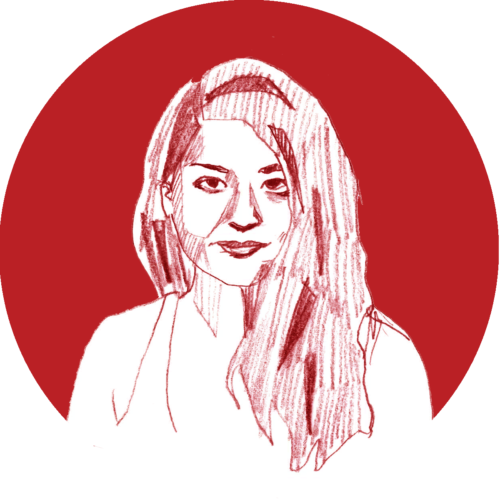
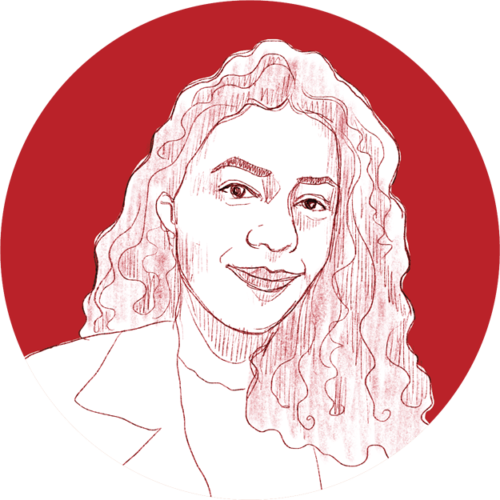
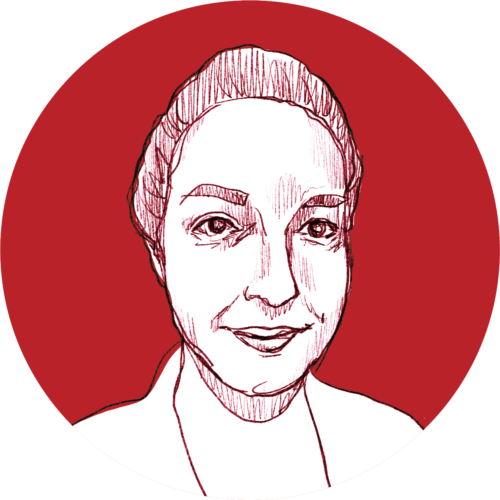
The battle of ideas
Asked about the idea to create an art department at the Institute and the role it plays, Chak, Neves and Ruggeri had a very clear starting point: Fidel Castro’s “battle of ideas.”
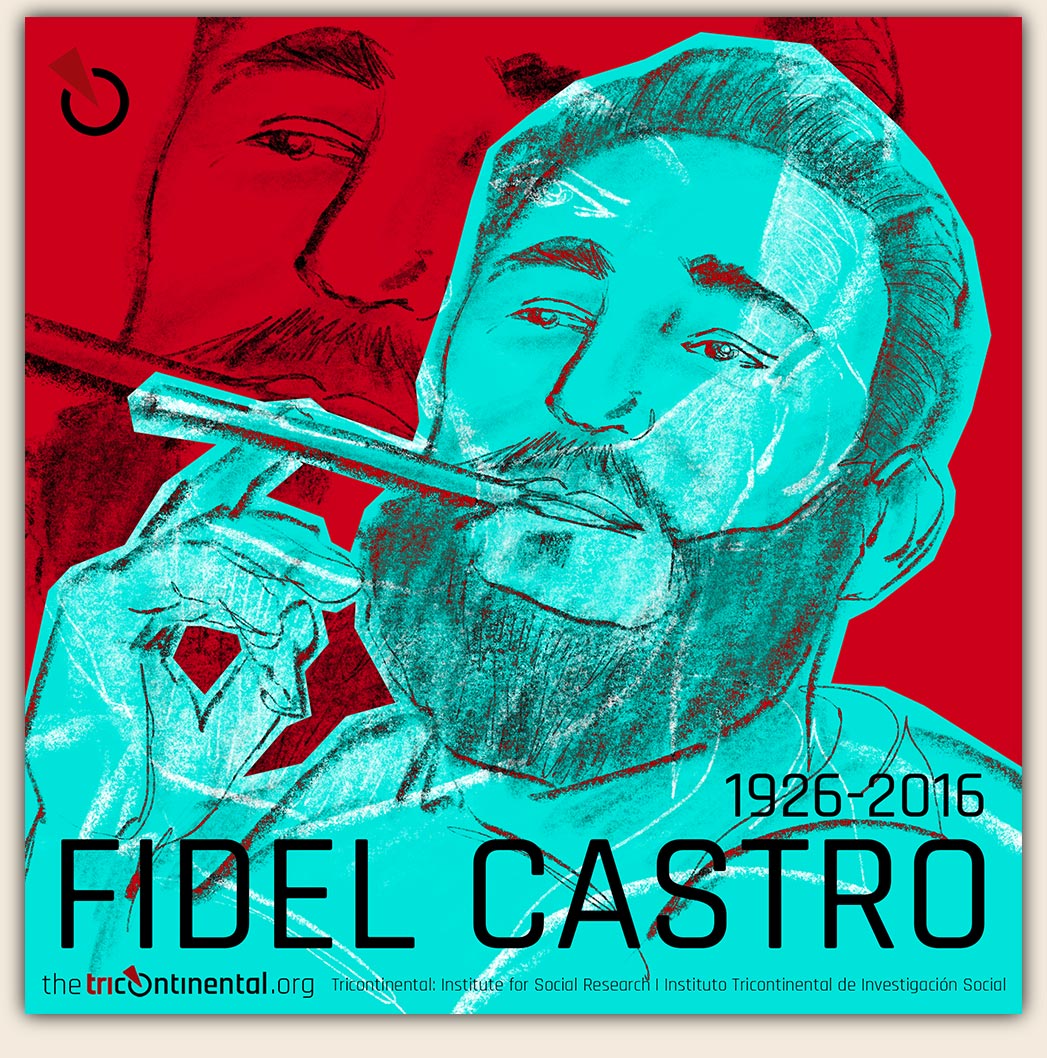
“We are engaged in a battle of ideas, which is fought not only through text, but also through images and art, through people’s culture, aspirations, and emotions,” they explained.

We are engaged in a battle of ideas, which is fought not only through text, but also through images and art, through people’s culture, aspirations, and emotions.

The Art Department has been present since the Tricontinental’s launch in 2018, and it does more than just complement or accompany written work. There have been visual campaigns and an annual dossier on the artistic theory and practice of national liberation struggles, which now has included Cuban graphic arts, Indonesia’s Lekra cultural front, and the Yan’an period in China.
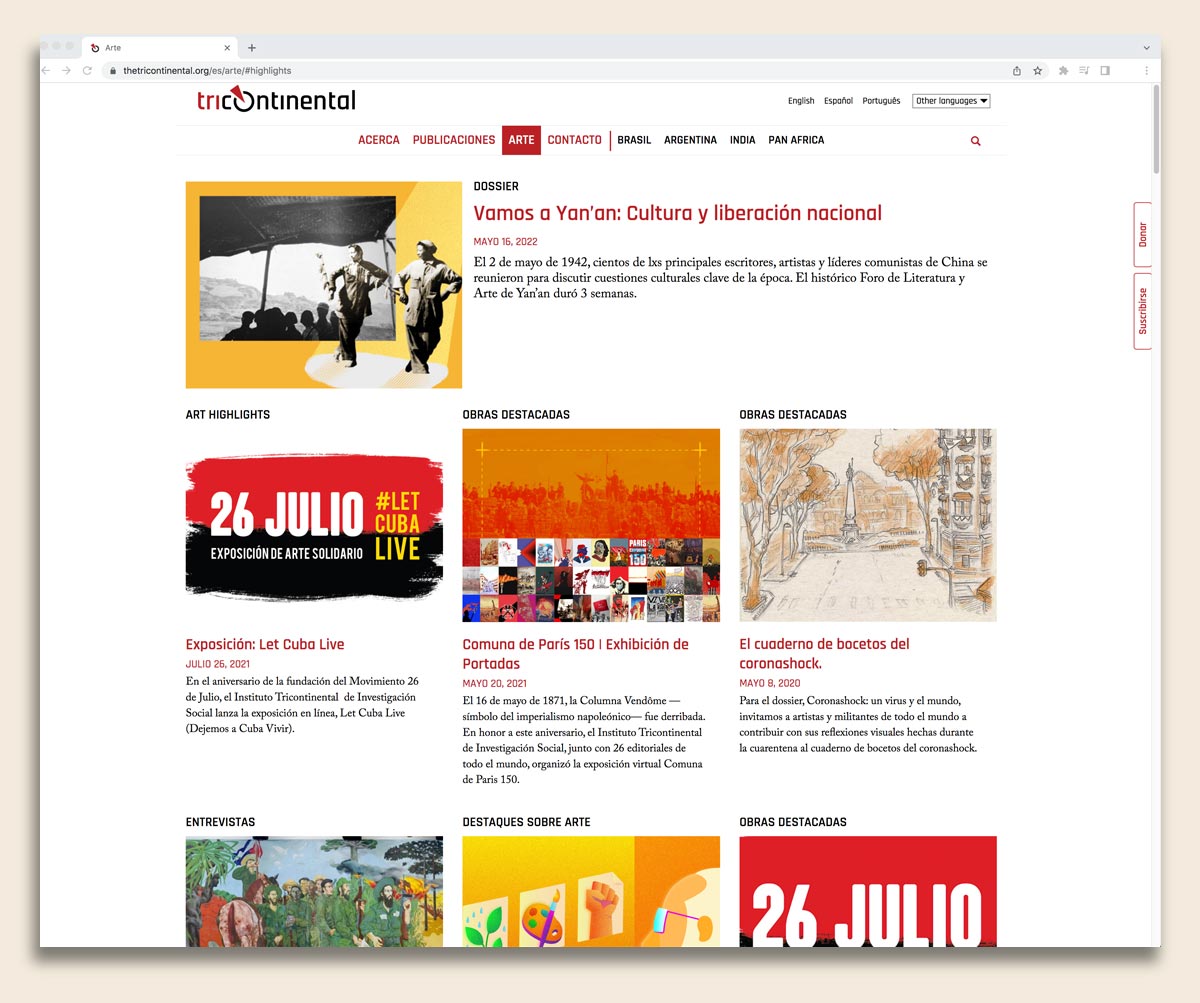
It is worth mentioning that this work is not carried out by the Institute on its own. Instead, it has often worked as a bridge to other graphically oriented collectives with a focus on popular struggles, Utopix among them.
This perspective has led to several virtual exhibits involving artists from around the world, with historical subjects like the 150th anniversary of the Paris Commune or the centennial of (Brazilian pedagogue) Paulo Freire, and present ones such as anti-imperialism and opposing the US blockade against Cuba.
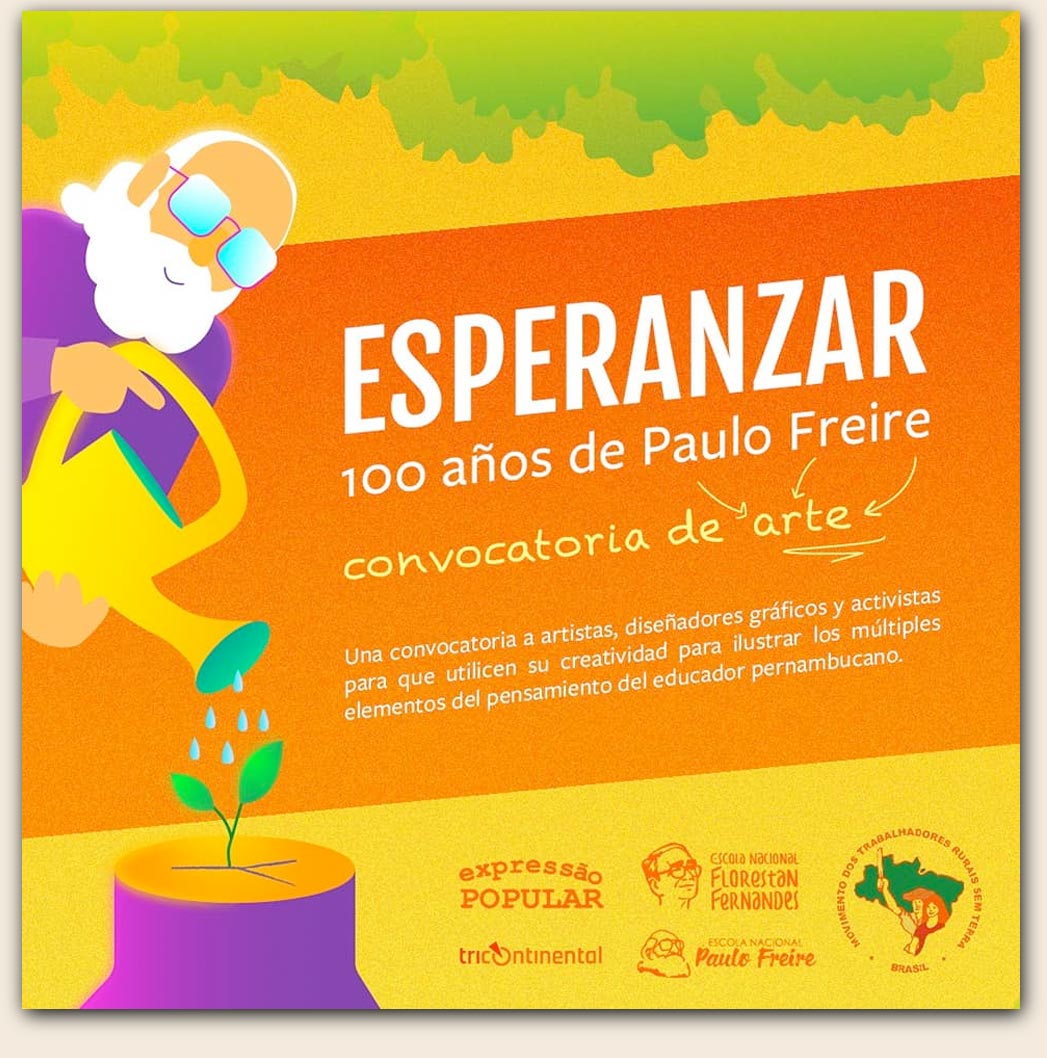
Call for artworks on the occasion of Paulo Freire’s centennial.
At the same time, the three artists stressed that “art and culture feed and participate in every step of political and class struggle” and that workers and peasants should have access to culture just as they should have access to the products of their labor.
“In a capitalist world, our culture is flattened and commodified and our senses are dulled. Therefore, it is essential to recover and amplify the art and culture of popular classes and movements, they are inseparable from our struggles.”
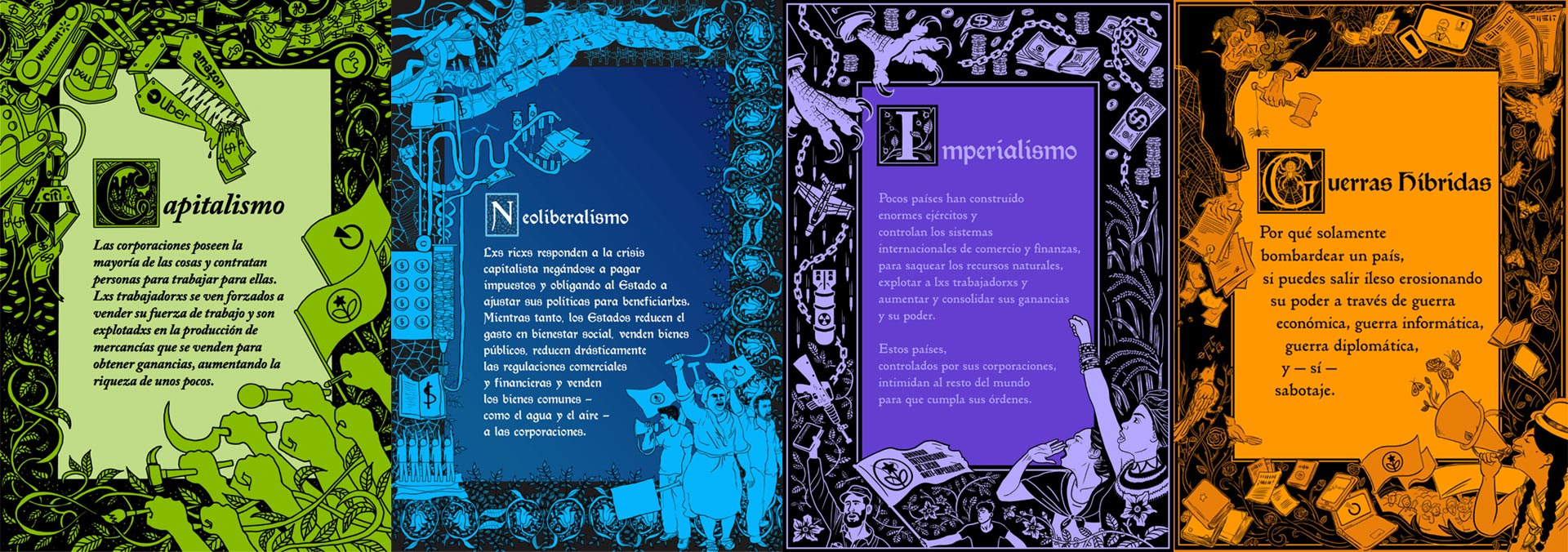
Posters from four virtual exhibits during the «Anti-imperialist Week».

It is essential to recover and amplify the art and culture of popular classes and movements, they are inseparable from our struggles.

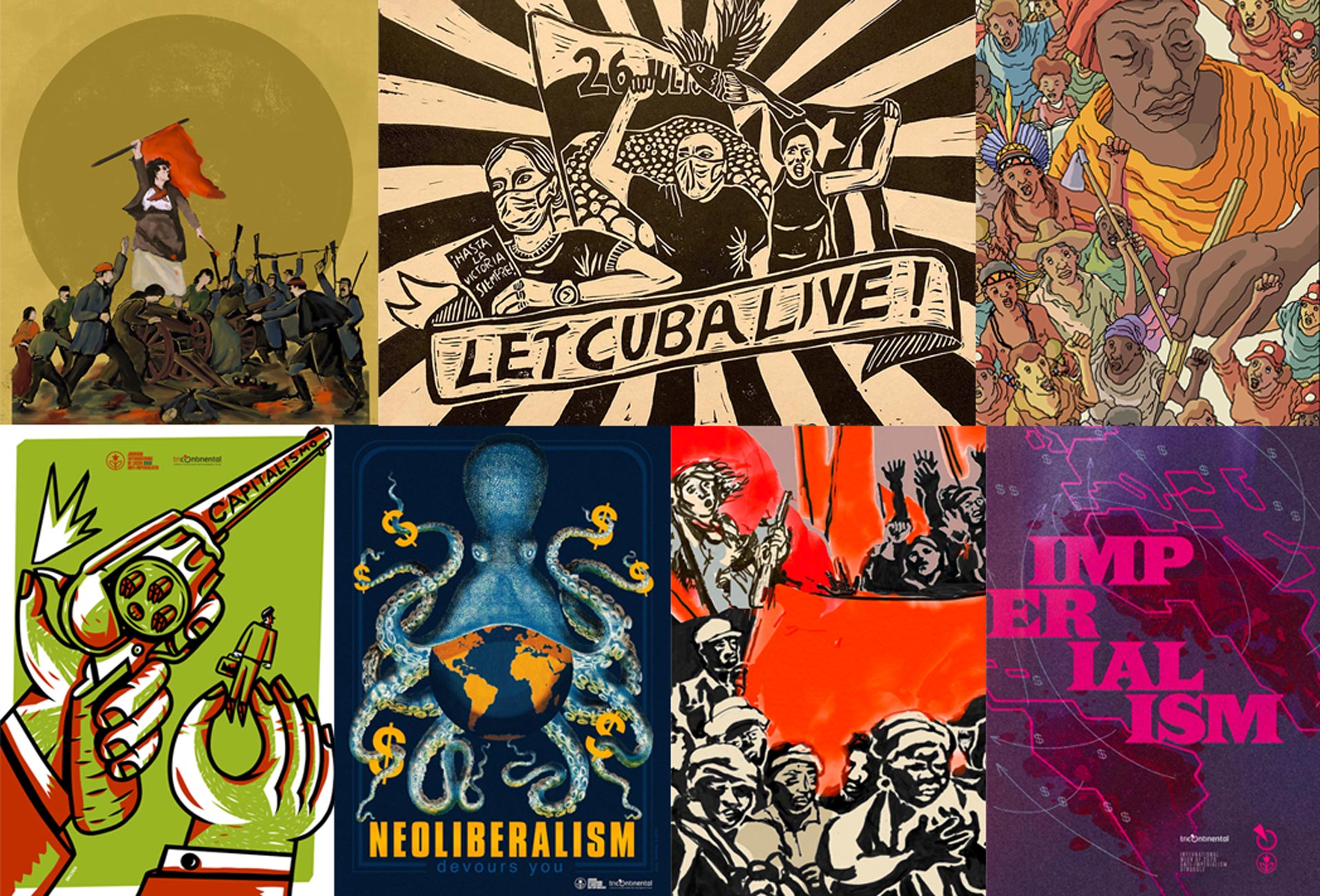
Posters by Junaina Muhammed, Kimberly Barzola, Tulio Carapiá y Clara Cerqueira, Emilio Curañas Pérez, Javier Alejandro González Borbolla, Judy Siedman and Spencer G. Fraye for several Tricontinental Institute initiatives.
Past and future
The Institute is heavily involved in a number of international solidarity projects, such as the International People’s Assembly, and additionally works closely with a number of grassroots collectives such as the Landless Workers Movement (MST, Brazil) and the National Union of Metalworkers of South Africa.
As for the Art Department’s ongoing work, it places a heavy focus on recovering and rediscovering history as a way to fuel present-day struggles.

Looking at the past is not a nostalgic endeavor, but it must serve the struggles of today, in order to build a socialist future.

“So many of our revolutionary ancestors are not documented in the history books,” the artists affirmed. “As part of the work to recover our collective history of struggle, we have made hundreds of portraits of comrades, militants, and revolutionaries from across the world, with a focus on Latin America, Africa, and Asia. We make the art available for any movement to use, because we believe that it is our collective heritage.”
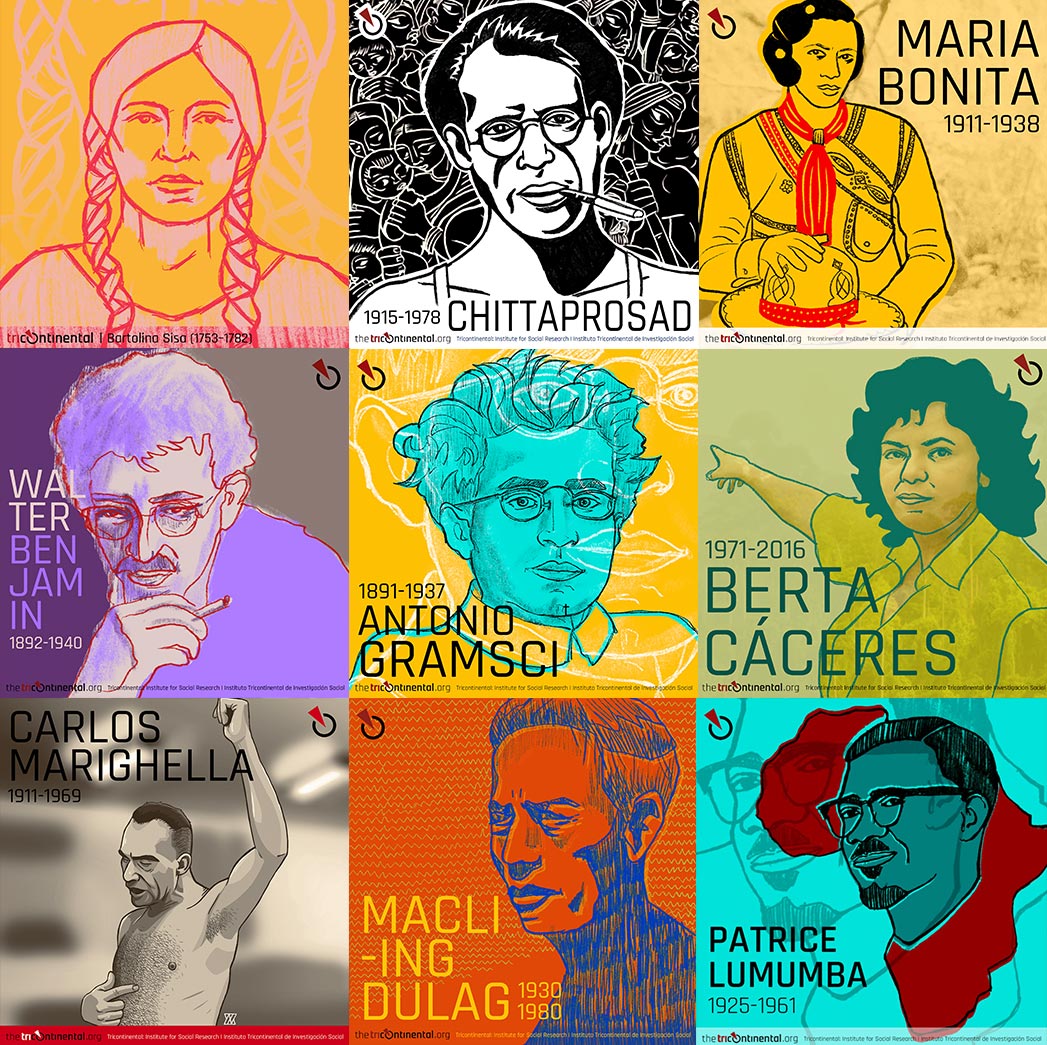
The name “Tricontinental Institute” is more than a reference to the organization’s presence on three continents. It likewise embraces the tradition of Third World liberation projects epitomized by the Tricontinental Conference held in Havana in 1966.
The summit, and the Organization of Solidarity with the People of Asia, Africa and Latin America (OSPAAAL) it founded, was a driving force for international solidarity. Beyond that, the bevy of campaigns it drove, for example supporting Vietnam, led to some iconic graphic work as well.
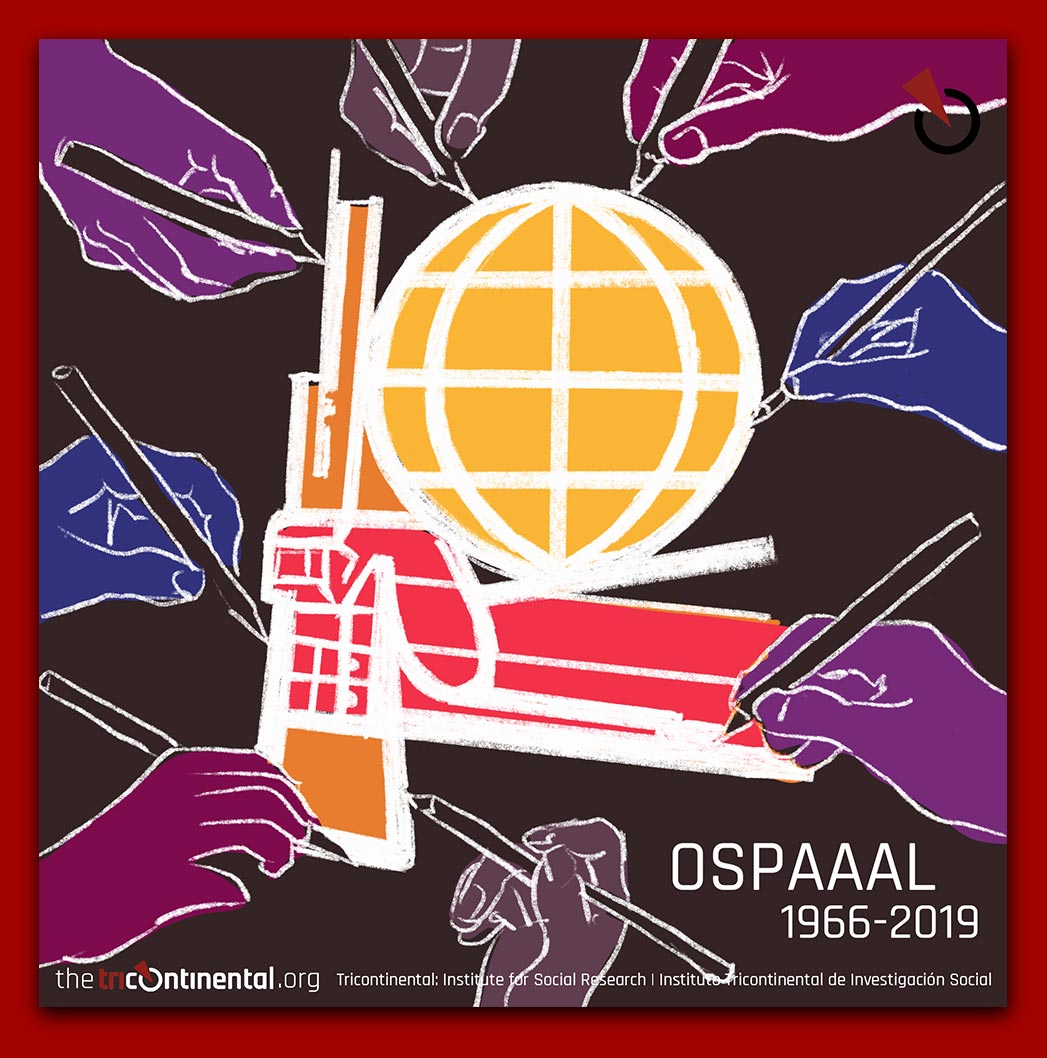
Chak, Neves and Ruggeri highlight the tradition of the Tricontinental Conference and OSPAAL, as well as a number of other influential currents such as Mexican muralism, Cuban poster art, Chinese woodcutting and, Soviet constructivism.
“We understand that looking at the past is not a nostalgic endeavor, but it must serve the struggles of today, in order to build a socialist future,” they concluded.


Artist profile
Several members from the Tricontinental Institute’s Art Department have participated in Utopix-led projects. A selection of their artwork is available in our Downloads section. The Institute’s Instagram account is @thetricontinental.

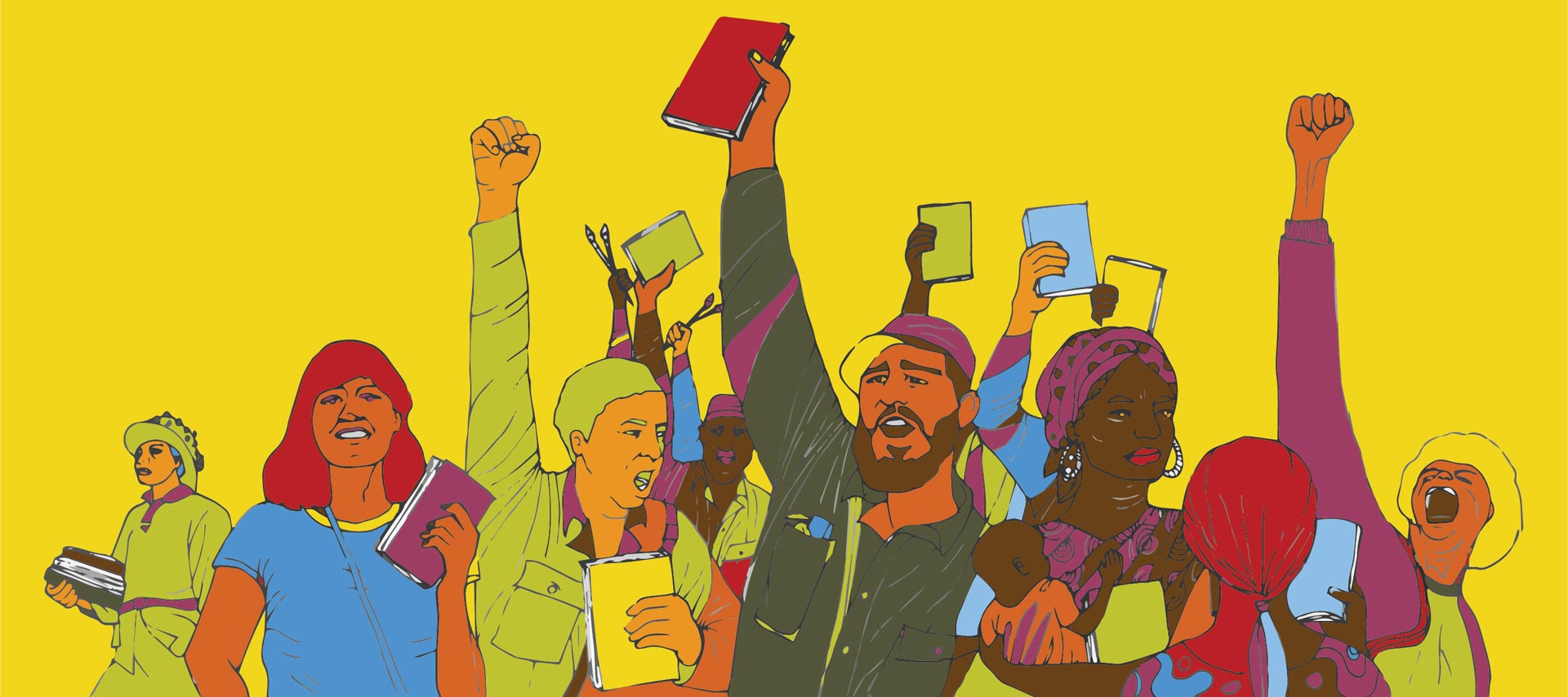
Keep pushing forward, my comrades! We take pride in our journey and stand ready to conquer even greater challenges ahead. Stay strong and determined, for there is no limit to what we can achieve together. Onward!